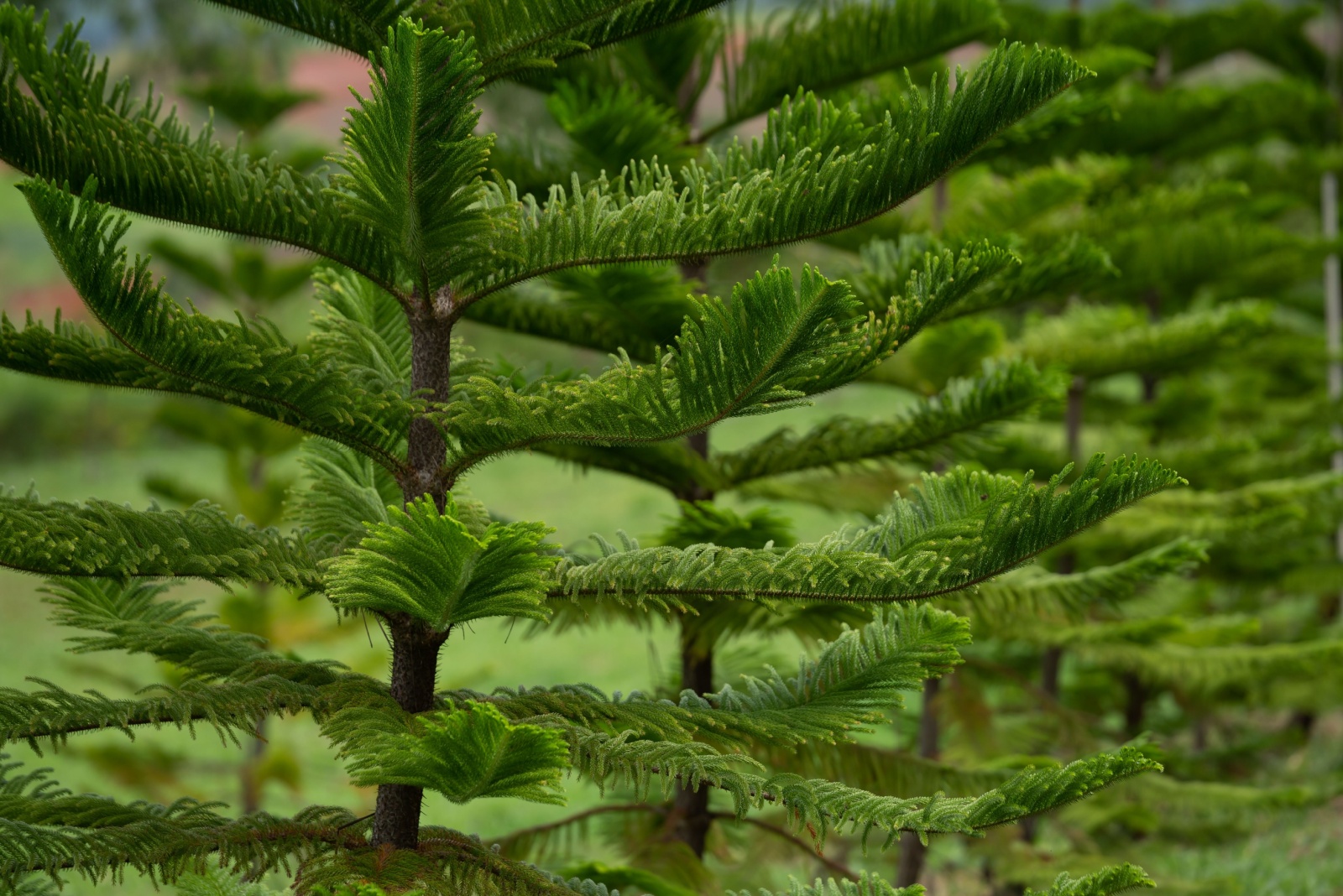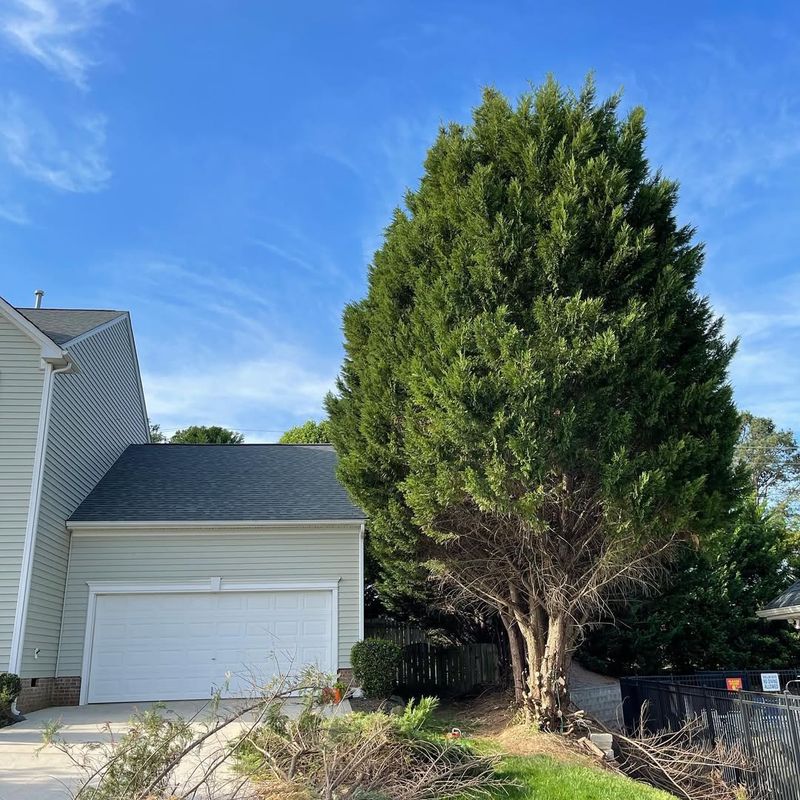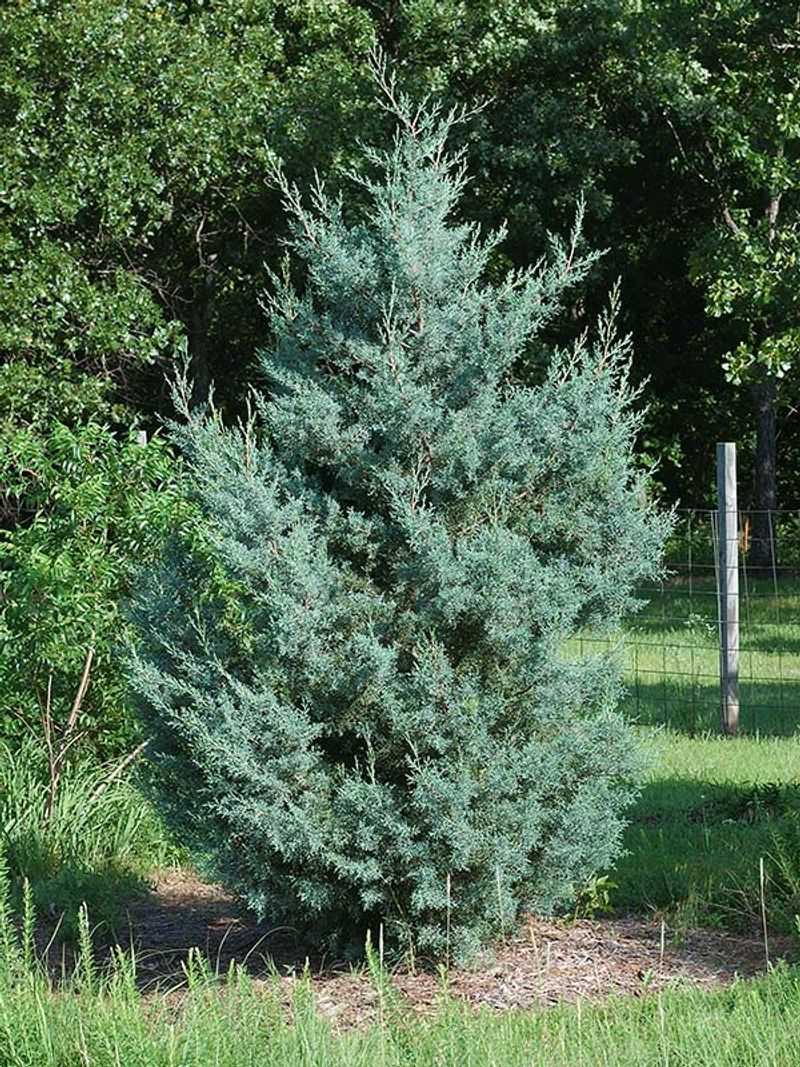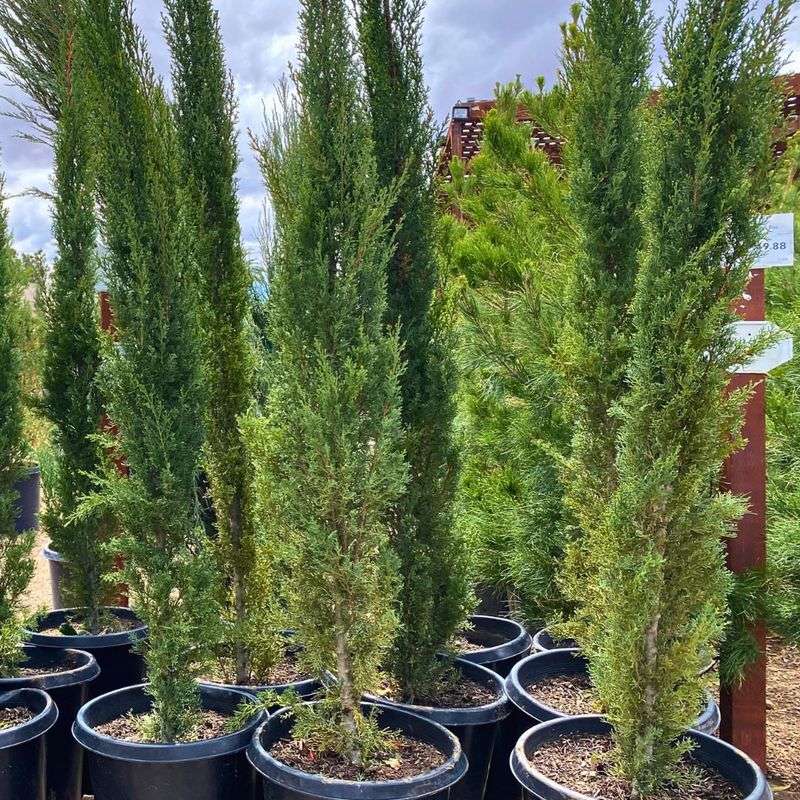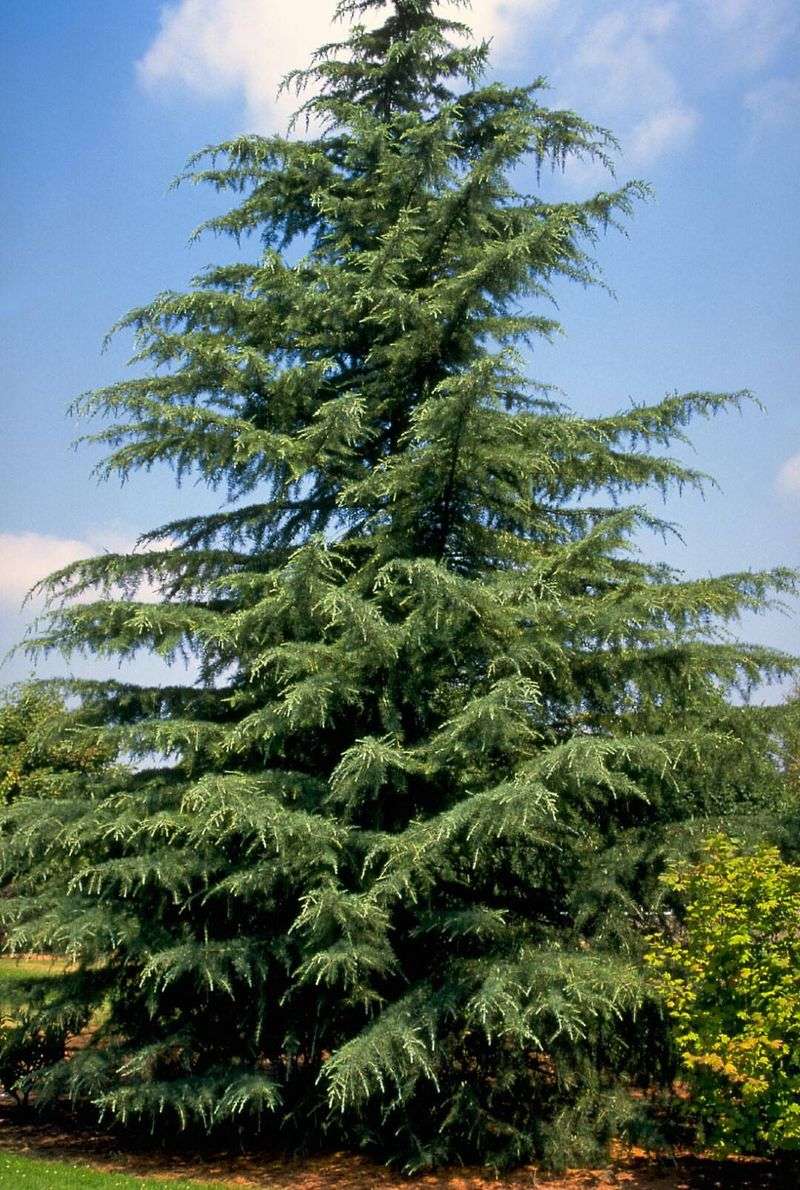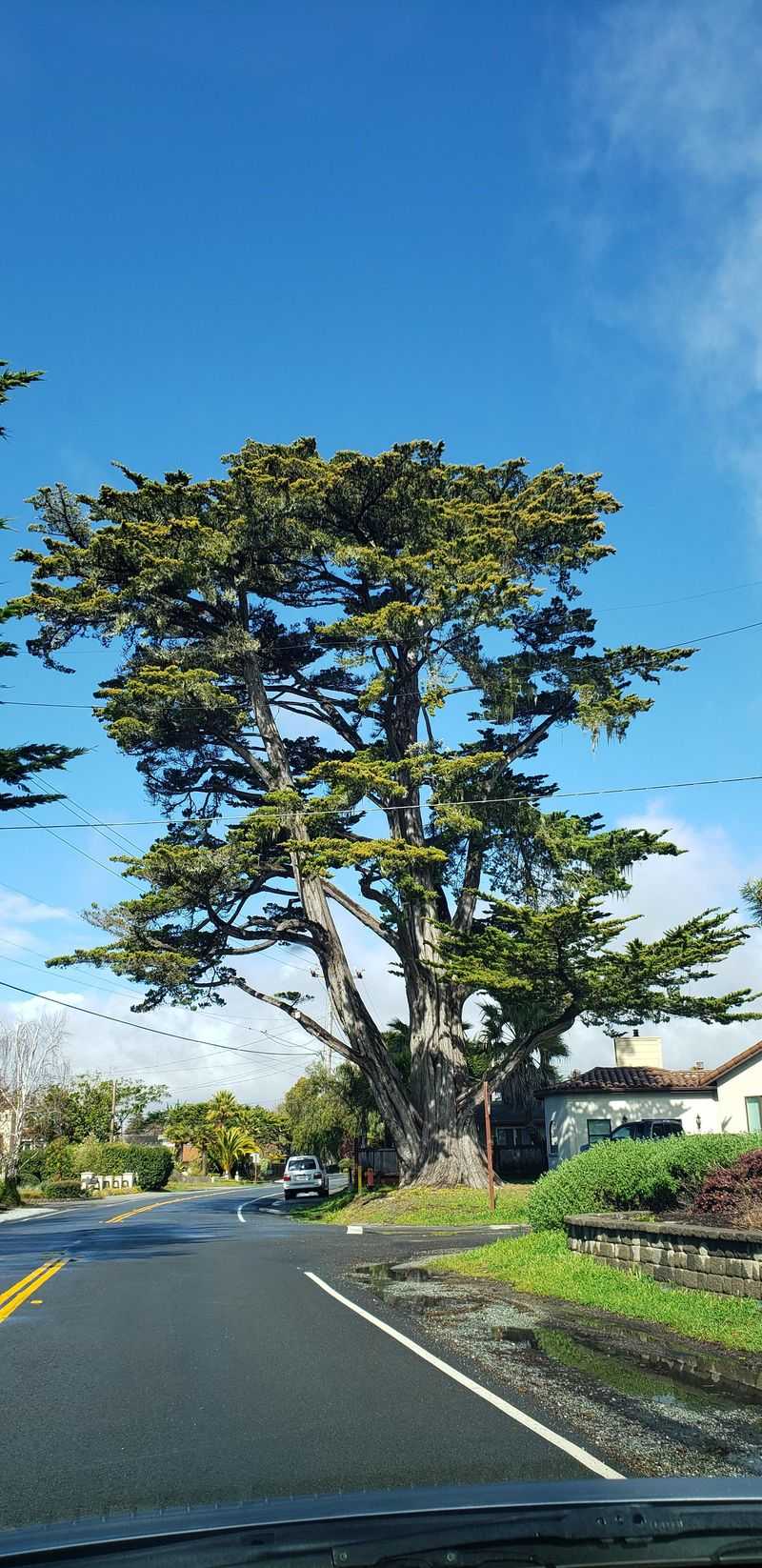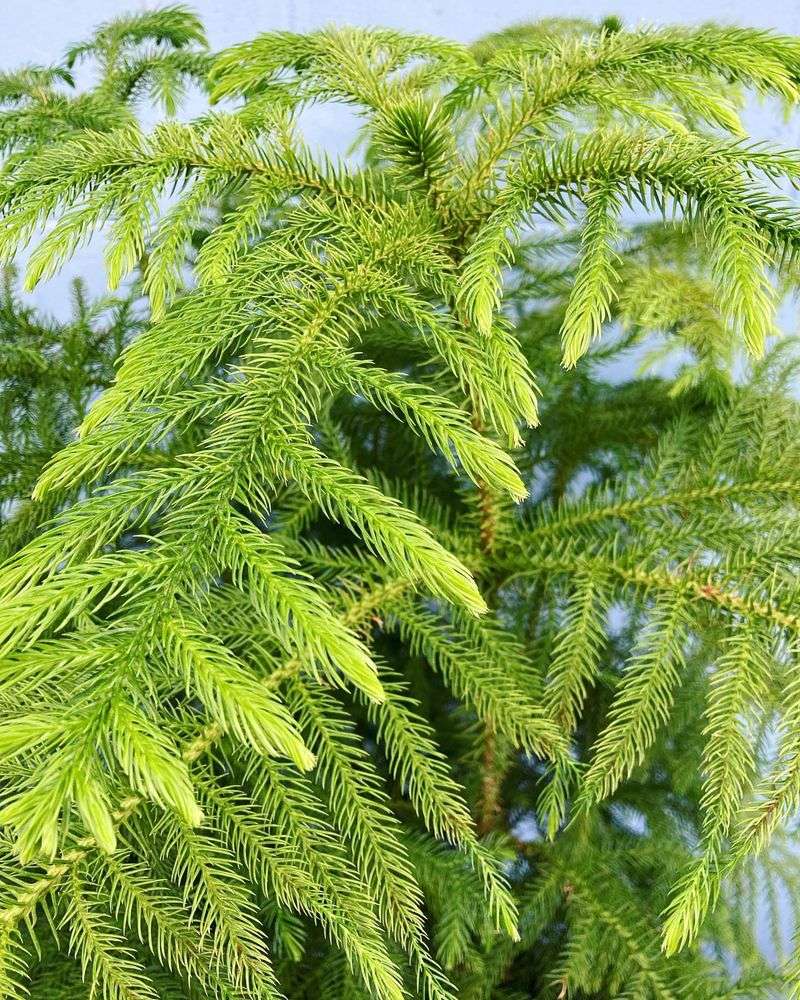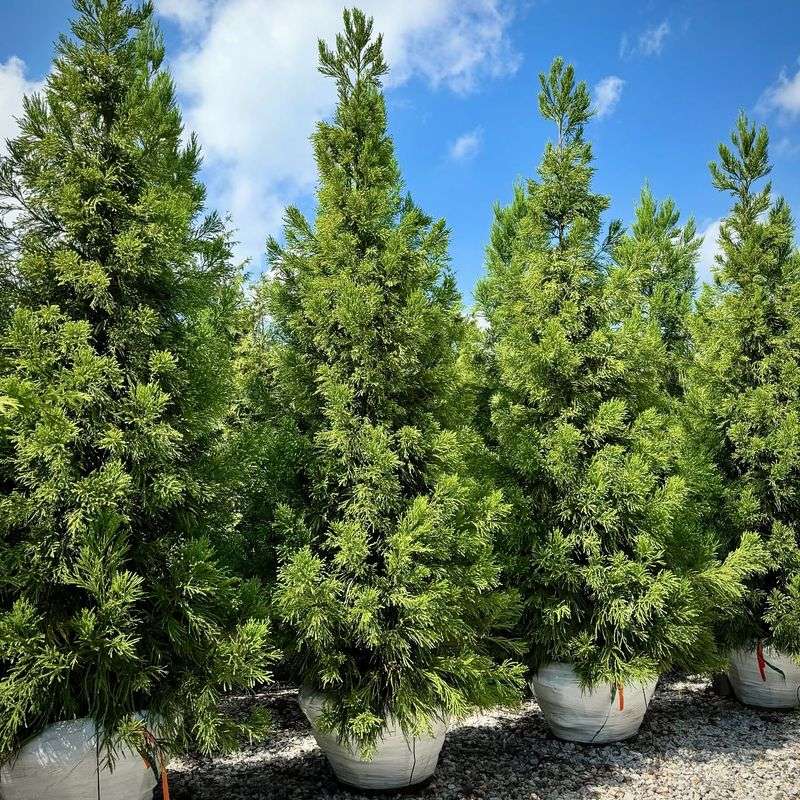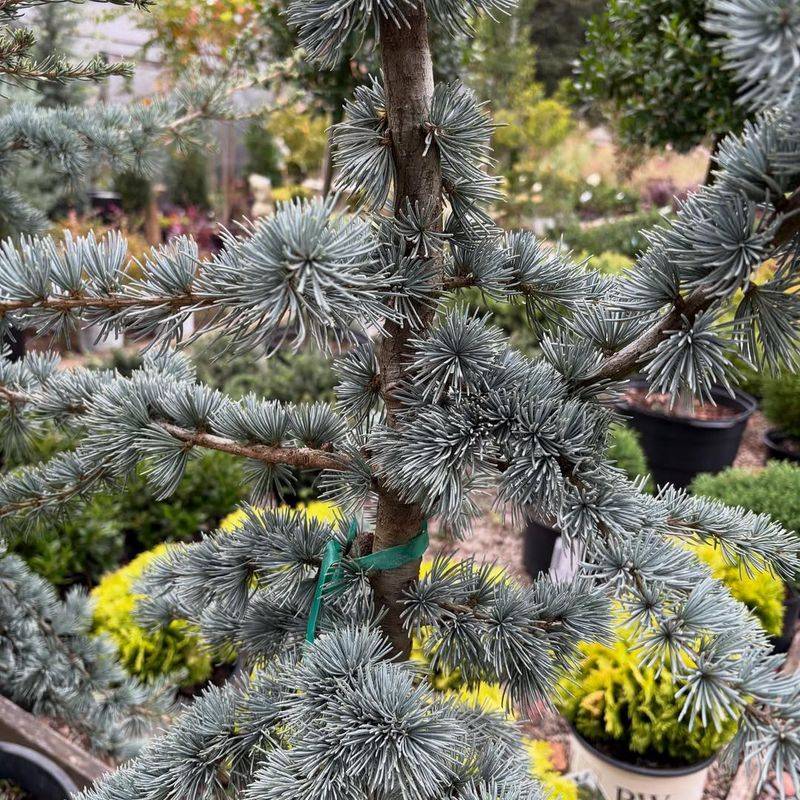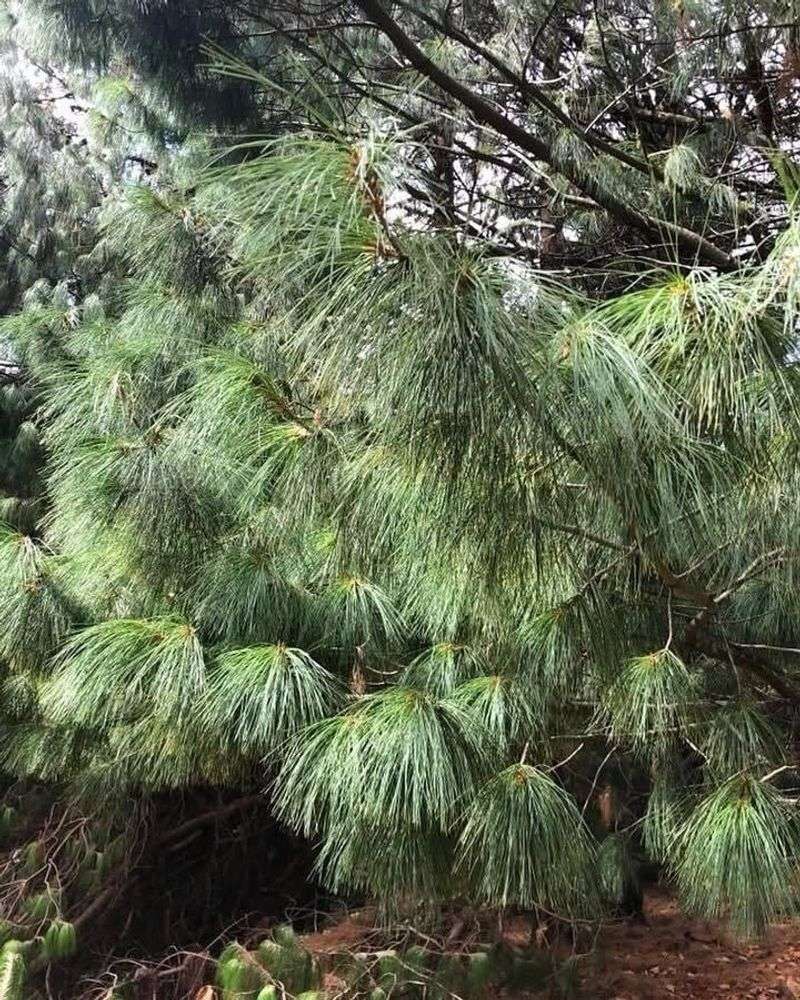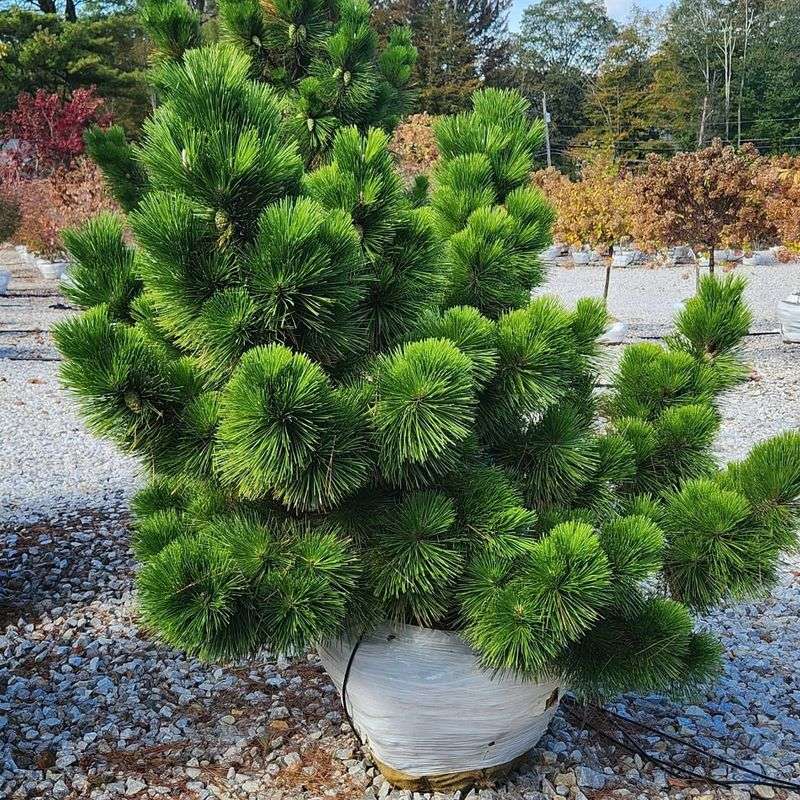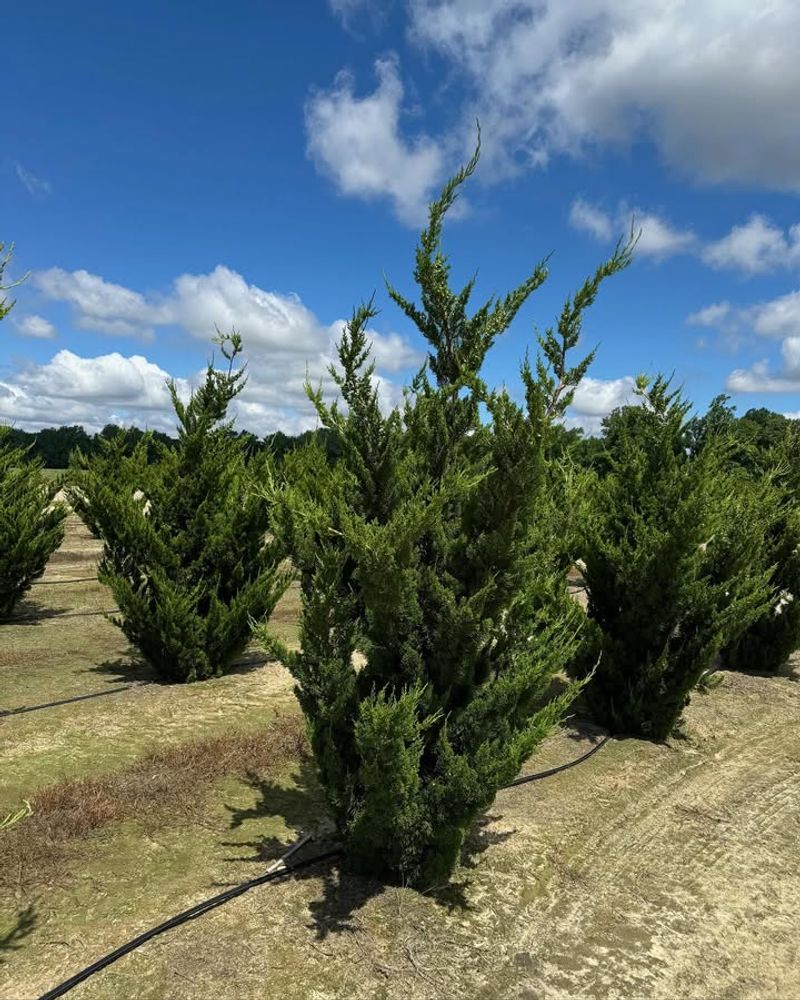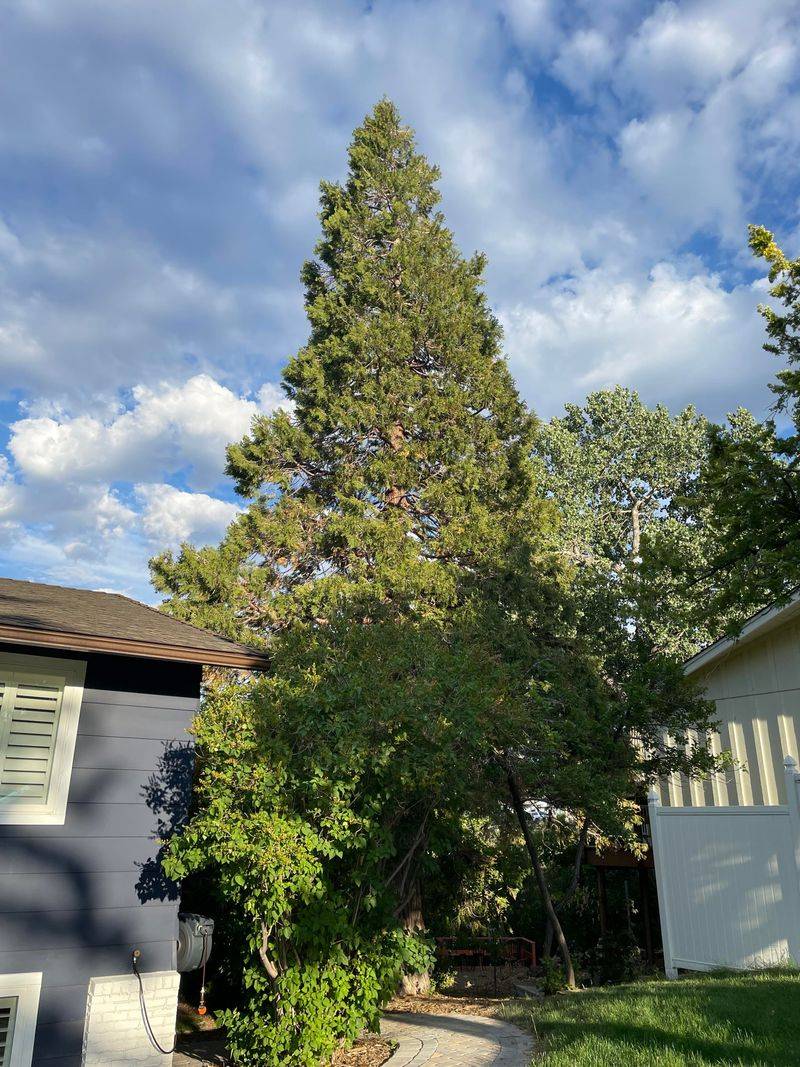Planting evergreen trees in Maine can transform your yard into a winter wonderland, but not all evergreens are created equal. Some species struggle with our harsh winters, poor soil conditions, or simply grow too large for residential properties.
Choosing the wrong tree can lead to years of frustration, costly removal, and damage to your home or landscape.
1. Leyland Cypress
Fast growth might sound appealing, but Leyland Cypress brings more headaches than benefits to Maine properties. While popular in warmer regions, this evergreen suffers terribly in our cold climate, often turning brown and dying during harsh winters.
Root rot becomes a serious concern in poorly drained Maine soil. The shallow root system makes these trees vulnerable to wind damage and toppling during storms, potentially threatening your home or power lines nearby.
2. Arizona Cypress
As the name suggests, Arizona Cypress belongs in the Southwest, not the Northeast. Maine winters prove fatal for this desert-adapted species that craves hot, dry conditions and mild temperatures year-round.
Even if it survives the first winter, repeated freeze-thaw cycles damage the bark and branches. Homeowners waste money replacing dead trees every few years instead of choosing cold-hardy alternatives that thrive naturally in our growing zone.
3. Italian Cypress
Picture those elegant, pencil-thin evergreens lining Mediterranean villas—now forget about recreating that look in Maine. Italian Cypress cannot withstand temperatures below 10 degrees Fahrenheit, making survival here virtually impossible.
Snow and ice accumulation snap branches easily on these narrow trees. Their exotic appearance tempts many homeowners, but the reality involves constant winterkill, brown patches, and eventual death, leaving ugly gaps in your carefully planned landscape design.
4. Deodar Cedar
Deodar Cedar might look majestic in warmer climates, but Maine winters strip away its beauty quickly. Native to the Himalayan foothills, this species expects milder conditions than our state provides, especially in northern and inland areas.
Branch dieback occurs regularly after cold snaps below zero degrees. The drooping branches collect heavy snow, causing breakage and creating dangerous situations near walkways or driveways where falling limbs could injure people or damage property underneath.
5. Monterey Cypress
California coastlines provide the perfect home for Monterey Cypress, but Maine offers nothing this tree needs to survive. Adapted to fog, mild temperatures, and ocean breezes, it simply cannot handle our continental climate with frigid winters and temperature extremes.
Canker diseases attack stressed trees relentlessly in unsuitable climates. Even coastal Maine proves too harsh, with winter temperatures dropping far below what this species tolerates, resulting in complete tree loss within a few seasons.
6. Norfolk Island Pine
Often sold as living Christmas trees, Norfolk Island Pines trick unsuspecting homeowners into thinking they can plant them outdoors after the holidays. Fatal mistake! This tropical species survives only in frost-free zones, making Maine winters absolutely lethal.
Temperatures below 35 degrees cause severe damage to foliage and branches. Some people attempt bringing them indoors each winter, but these trees grow massive over time, making that solution impractical and exhausting for any homeowner.
7. Japanese Cryptomeria
Japanese Cryptomeria earns praise for its attractive foliage and interesting texture, but Maine conditions turn this evergreen into an eyesore. Winter burn discolors needles badly, leaving entire sections bronze or brown by spring instead of staying green year-round.
Wind exposure compounds the problem significantly in open landscapes. Even protected locations experience damage during particularly harsh winters, and recovery takes years if it happens at all, leaving you with an unsightly tree dominating your yard.
8. Atlas Cedar
Atlas Cedar grows enormous—up to 60 feet tall with equally wide spread—making it completely inappropriate for typical residential lots. Beyond size issues, this North African native struggles with Maine winters, especially in zones 4 and below where temperatures plummet.
Young trees suffer worst from cold damage and winter desiccation. Even mature specimens experience branch dieback during severe winters, and the massive size makes professional removal extremely expensive when the tree inevitably fails or outgrows its space.
9. Bhutan Pine
Long, elegant needles give Bhutan Pine distinctive beauty, but those same needles become liabilities in Maine winters. Heavy snow and ice cling to the drooping foliage, breaking branches and destroying the tree’s graceful form over time.
Cold tolerance remains questionable in our climate zones. While some sources claim hardiness to zone 5, consistent performance proves unreliable, with many trees experiencing severe winter injury, browning, and slow decline that frustrates homeowners seeking dependable evergreen specimens.
10. Japanese Black Pine
Coastal homeowners often consider Japanese Black Pine for its salt tolerance, but winter conditions inland prove challenging for this species. While it handles ocean spray well, the combination of road salt, cold temperatures, and drying winds causes significant stress and damage.
Pest problems plague these trees in our region too. Pine wilt disease and various insect infestations attack weakened specimens, leading to rapid decline and death that requires expensive emergency removal before the tree becomes hazardous.
11. Hollywood Juniper
Sculptural and artistic, Hollywood Juniper creates stunning focal points in mild climates but fails miserably in Maine. Bred for California landscapes, this cultivar lacks the cold hardiness necessary for our winters, with temperatures below zero causing extensive dieback and death.
The twisted, artistic branching becomes a tangled mess of dead wood after harsh winters. Recovery rarely occurs, leaving homeowners with expensive removal costs and empty spaces where they envisioned year-round beauty and architectural interest in their landscape design.
12. Incense Cedar
Native to western mountain ranges, Incense Cedar expects completely different growing conditions than Maine provides. Our humid summers combined with frigid, fluctuating winter temperatures create the perfect storm for failure with this western species that thrives in dry, consistent climates.
Fungal diseases attack these trees aggressively in our moisture-rich environment. Root rot develops easily in heavy clay soils common throughout Maine, and winter cold damage compounds the stress, resulting in poor growth, decline, and eventual tree death.

